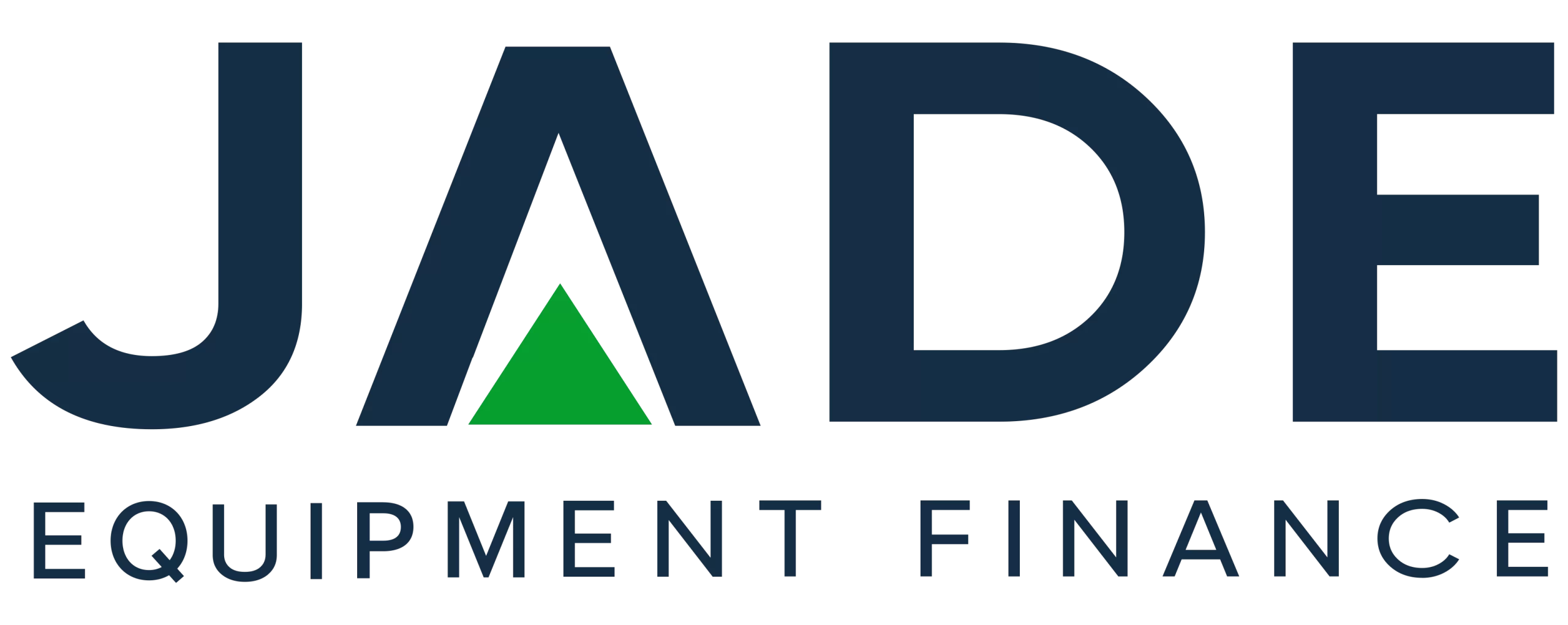Sadly the goodwill of the festive season does not apply to interest rates with little on the cards for rate relief based on the latest unemployment and wages growth data. After Dr Philip Lowe, RBA Governor, revealed that the Board had discussed the dual impacts of rate rises and inflation pressures on households, and the comment around easing the size of rate rises, some relief may have been at least hoped for if not expected.
That ‘easing’ was seen in the November RBA decision with a 0.25% rather than 0.5% cash rate rise, which came on the back of another rise in the inflation rate. But that hope for smaller rises is likely short-lived as the latest unemployment figures were released by the Australian Bureau of Statistics (ABS) on 17 November.
Based on latest jobs figures an easing of interest rates rises is not expected with another 0.25% likely in December affecting lending such as equipment finance. The ABS reported yet another fall for the rate of unemployment from 3.5% to 3.4% for the latest reporting period. In addition, a significant increase in wages growth has been reported which may also need to be taken into account by businesses trying to keep costs under control in this inflationary period.
Latest Unemployment Report – ABS
The latest report on employment from the ABS covers the October survey period. The data shows unemployment falling to 3.4% and the rate of participation staying at 66.6%. The rate of underemployment was steady at 6%.
As noted by Bjorn Jarvis, Head of Labour Statistics, ABS, the rate of unemployment for men fell to the lowest level recorded since November of 1974 – down 0.3% to 3.2%. The unemployment rate for women was unchanged.
The hours worked may be a notable statistic for businesses as it reports on the number of hours lost due to sickness. This was very significant during the peak of COVID. The current figures show the figure at a third over what is usual for this reporting period. However, as Mr Jarvis noted, it is not near the 2-3 times more which was reported earlier this year.
Hours worked were also noted as being impacted by the floods in the reporting period, especially in Victoria, Tasmania and NSW. Though the current central west NSW would not be included in this reporting period. Mr Jarvis said the underutilisation rate was at its lowest since March of 1982.
Mr Jarvis said that the rate of employment growth had slowed to a rate which is below the long-term average.
Growth in Wages
Wages growth has been a major goal for government as inflationary pressures place considerable stress on household budgets. The Wage Price Index for the quarter ending 30 September was also released this last week by the ABS. The data shows a 1% rise in wage growth for the period and 3.1% on an annual basis.
Prices Program Manager Michelle Marquardt said this was the biggest quarterly growth since the March quarter of 2012. Growth was driven primarily by private sector wage increases, no doubt in turn driven by the competitive situation of filling jobs in a time of low unemployment. The effect of the recent Fair Work Commission decision was also noted as a reason for the increase.
Finance Relevance
The figures are being seen as showing continuing strength in economic conditions. This coming while high inflation rates and the global scenario do point to a possible downturn in the future. The data on jobs is seen as giving further reason for the RBA Board to announce further rate rises. The Board has said for some months that further increases were expected.
After easing from an expected 0.5% rise in November to the actual 0.25%, there may be a level of expectation that the RBA was easing back and possibly giving some relief to those already feeling inflationary pressures. But these latest figures have some economists already predicting another 0.25% December rate rise.
While RBA rate rise are initially and virtually automatically felt in the home loan market, the relevance for other lending markets including equipment finance should not be overlooked. Lenders in general terms will change their lending rates as a response to RBA decisions. But these changes are not uniform across the business and equipment finance sector in either timing or the size of interest rates changes. Lenders may move on rates ahead of RBA decisions and based on the forecasts of their own analysts and economists. It is quite common to see economists from different banks and finance companies making comments on rates in the media as to their outlook.
Lenders make their own decisions and this leads to variations in interest rates in areas such as equipment finance. There can also be variations in interest rates on machinery and equipment according to the industry such as agricultural compared with say transport or aviation finance.
To receive a comprehensive coverage of the equipment finance market and to achieve the cheapest rates on offer at the time of applying for finance, operators can benefit greatly from using our broker-style lender services.
For consistently cheaper interest rates on equipment finance contact Jade Equipment Finance on 1300 000 003
DISCLAIMER: IF MISINTERPRETATIONS, MISREPRESENTATION OR ERRORS EXIST IN THIS ARTICLE, NO LIABILITY IS ACCEPTED. THE INFORMATION IS PROVIDED ONLY FOR GENERAL PURPOSES AND NOT IN ANY MANNER INTENDED AS THE ONLY SOURCE FOR MAKING FINANCIAL DECISIONS. THOSE THAT CONSIDER THEY REQUIRE ADDITIONAL GUIDANCE OR ADVICE SHOULD REFER TO AN INDEPENDENT FINANCIAL ADVISOR.


